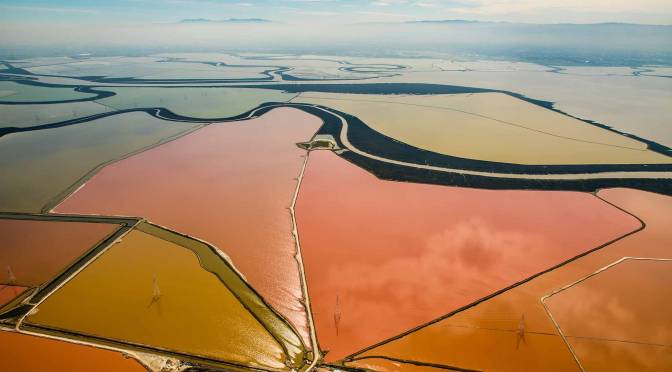In California there have been 11 reported cases. Of those, nine are in Los Angeles County, one in Orange County and one in El Dorado County, according to the California Department of Public Health.
The Central Coast is one of the nation’s major production areas for romaine lettuce. Hundreds of farms in Monterey County produce it.
“Romaine lettuce is a huge crop here. Everyone who is growing cool season vegetable crops in Monterey County is growing romaine lettuce,” Roach said.
The value of bulk and fresh romaine lettuce for growers in Monterey County last year was close to $656 million, which is about 15 percent of the total production value of the county’s agricultural industry, according to Monterey’s most recent crop report.
“We’re not the only region that was producing romaine lettuce at the time people were consuming it and becoming ill,” Roach said. “But we were definitely responsible for a large percentage of the volume that was being produced.”
When the CDC warns people not to eat romaine lettuce, consumers are bound to stay away from all kinds of lettuce, Roach said. And, when federal health officials narrow their warning, like they did on Monday, that still might not change consumer habits, he said.
A drop in demand could have ripple effects.
“If they plant less lettuce, that translates into less jobs and less money flowing into the local economy” Roach said.
Last spring, some 200 people got sick, including five who died, from a separate E. coli outbreak linked to romaine lettuce that is believed to have come from a large cattle feedlot near Yuma, Arizona, one of the nation’s other big lettuce-growing areas.
The FDA says the current outbreak is not related to those cases. Instead, the agency says it’s closely related genetically to the E. coli strain that made people sick who ate leafy greens in the U.S. and romaine lettuce in Canada in 2017.
In the meantime, lettuce season in Monterey County is practically over, according to Roach. In fact, farmers are barred from growing lettuce in the county between Dec. 7 -21, he said.
“We are really ending our production here. It’s shifting to other areas,” like the Imperial Valley and Yuma, Arizona, Roach said.
Some kinds of E. coli can cause diarrhea, while others cause urinary tract infections, respiratory illness and pneumonia, and other illnesses, according to the CDC.
